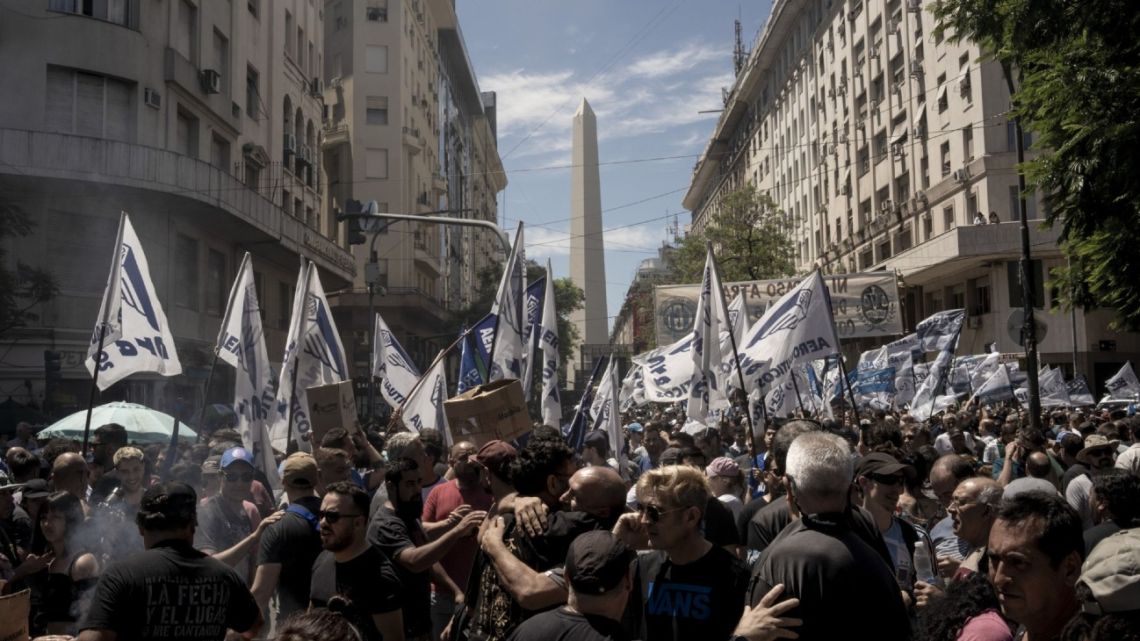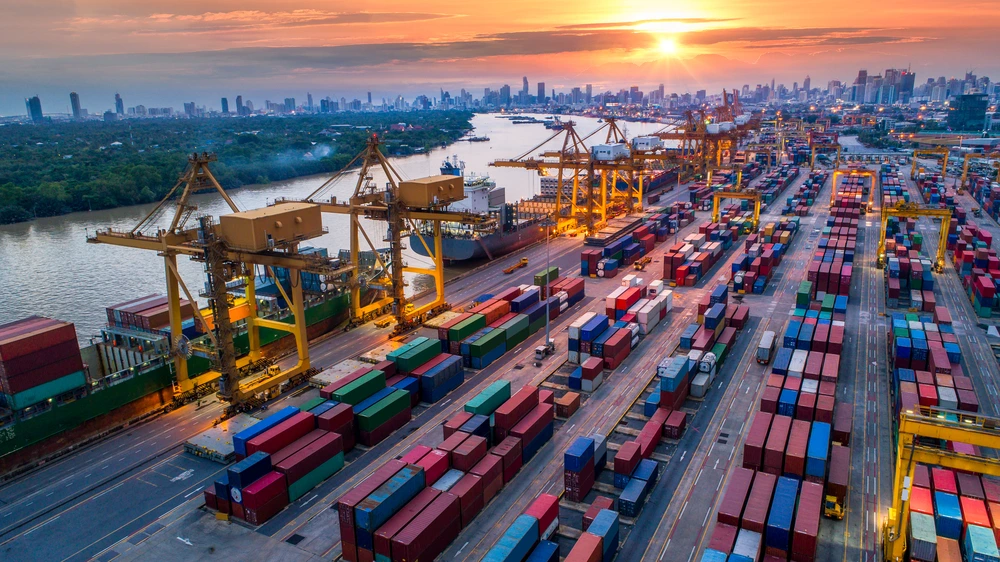Brazil’s industrial production declined by 0.1% in February, marking the fifth consecutive month without growth, according to data from the Brazilian Institute of Geography and Statistics (IBGE).
The contraction defied expectations of a modest recovery and highlighted ongoing challenges in the country’s economic landscape. The monthly drop followed stagnation in January and three months of contraction at the end of 2024.
On an annual basis, production rose by 1.5%, but this figure fell short of forecasts for 2.1% growth. Despite these gains, Brazil’s industrial sector remains 15.7% below its peak recorded in May 2011, underscoring long-term structural issues.
Elevated interest rates continue to weigh heavily on industrial activity. Brazil’s central bank recently raised the benchmark Selic rate to 14.25%, maintaining a restrictive monetary policy aimed at controlling inflation.
These high borrowing costs have dampened business investment and consumer spending, further straining economic momentum. Currency depreciation has also played a significant role in curbing industrial growth.
 Brazil’s Industrial Output Falls 0.1% in February, Marking Fifth Month Without Growth. (Photo Internet reproduction)
Brazil’s Industrial Output Falls 0.1% in February, Marking Fifth Month Without Growth. (Photo Internet reproduction)Brazil’s Industrial Struggles Amid Currency Weakness
The weaker Brazilian real has increased production costs, particularly for industries reliant on imported inputs. Meanwhile, persistent inflation—especially rising food prices—has eroded household purchasing power, reducing demand for goods and services.
February’s decline affected multiple industries, with pharmaceuticals experiencing the steepest drop at 12.3%. Other sectors, including wood products (-8.6%), machinery (-2.7%), and furniture (-2.1%), also reported notable losses. Durable goods production fell by 3.2%, reflecting weakened consumer confidence and spending.
Amid widespread declines, some areas showed resilience. Capital goods and intermediate goods production both rose by 0.8%, signaling potential stability in investment-driven segments of the economy.
Economists anticipate continued challenges for Brazil’s industrial sector throughout 2025 as elevated interest rates and inflation persist. The gradual slowdown in economic activity is expected to further dampen household consumption and business expansion.
The prolonged stagnation raises concerns about Brazil’s broader economic trajectory. Policymakers face mounting pressure to balance inflation control with measures that stimulate industrial growth and restore confidence among businesses and consumers.

 By The Rio Times | Created at 2025-04-02 17:48:12 | Updated at 2025-04-04 00:20:40
1 day ago
By The Rio Times | Created at 2025-04-02 17:48:12 | Updated at 2025-04-04 00:20:40
1 day ago








